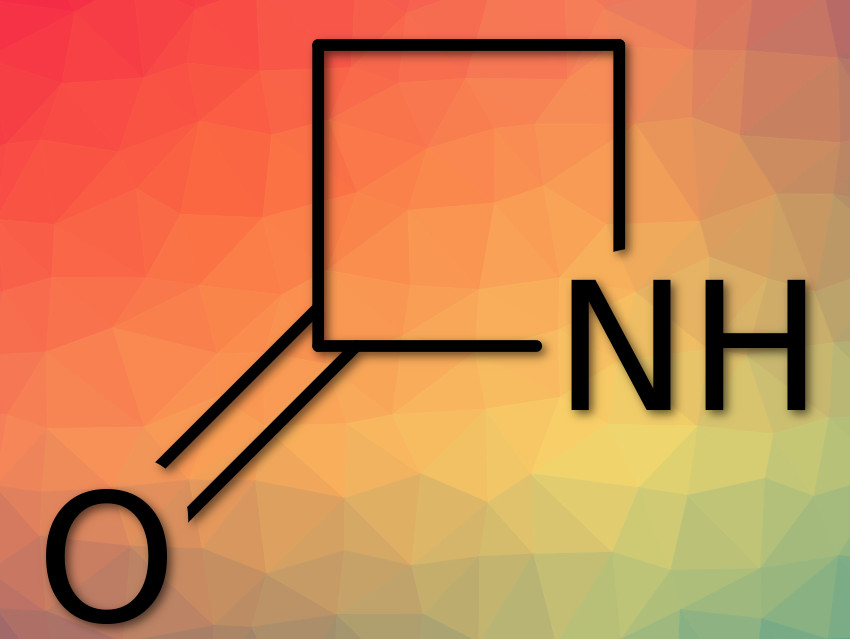Frances H. Arnold and colleagues, California Institute of Technology (Caltech), Pasadena, CA, USA, have used directed evolution to engineer cytochrome P450 enzymes that perform novel enantioselective C‒H amidation reactions to create chiral β-, γ-, and δ-lactams. The enzymes were expressed in Escherichia coli cells. Each enzyme generates a different lactam.
The enzymes turn C–H bonds of acyl-protected hydroxamate precursors into C–N bonds. First, reactive iron-bound carbonyl nitrenes are formed. These carbonyl nitrenes undergo an intramolecular C–H amidation reaction to create the lactams. The enzymes direct the amidation to the desired C–H position and simultaneously prevent side reactions. Isolation of most products was achieved simply by filtering from the aqueous reaction mixture.
According to the researchers, their transformation is very efficient and selective. Moreover, it can easily be used on a preparative scale in drug synthesis.
- Site-selective enzymatic C‒H amidation for synthesis of diverse lactams,
Inha Cho, Zhi-Jun Jia, Frances H. Arnold,
Science 2019, 364(6440), 575–578.
https://doi.org/10.1126/science.aaw9068




